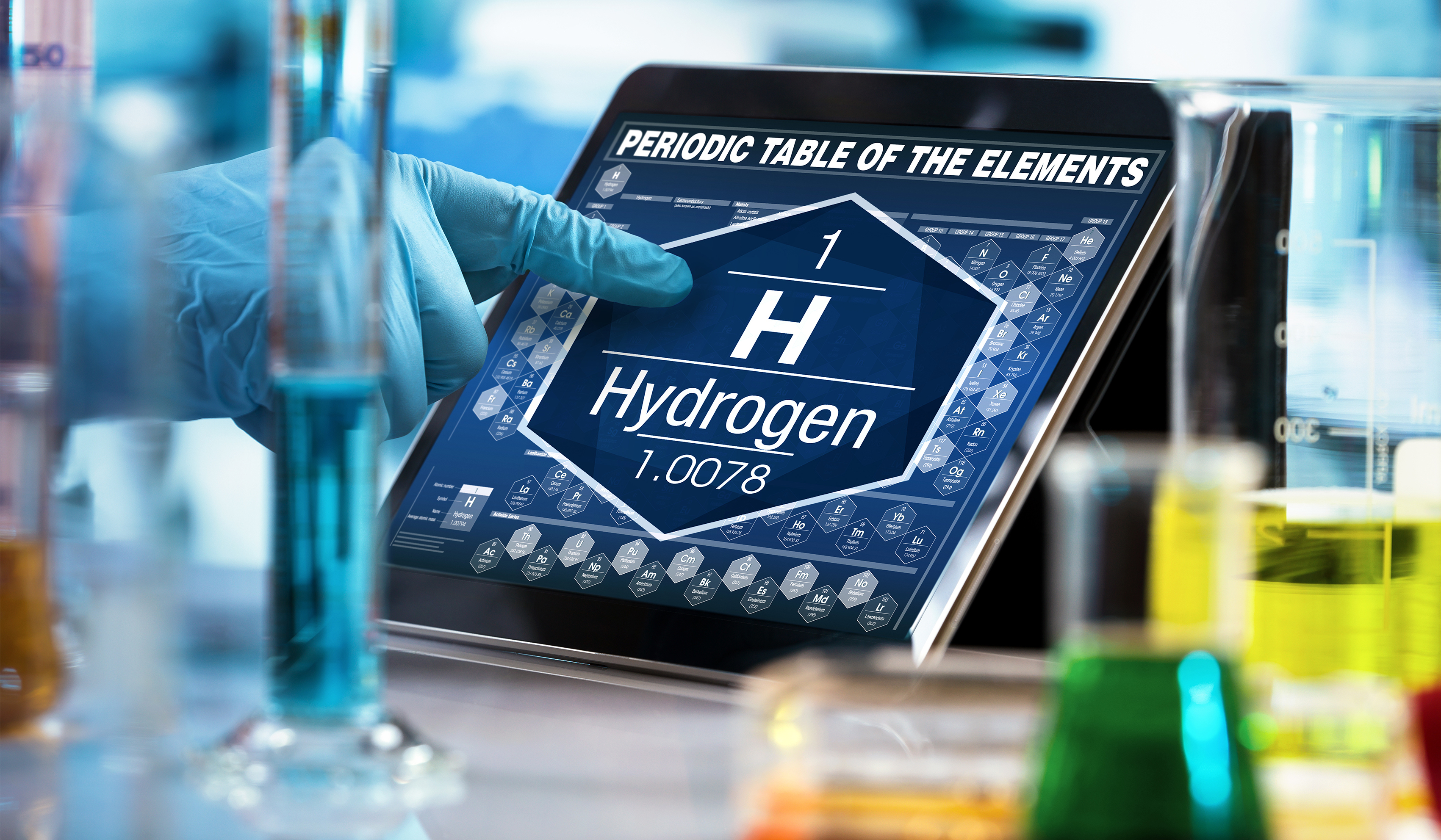
Still, there are complex technical hurdles to overcome before the hydrogen industry is truly sustainable, both environmentally and economically. The high price of certain materials continue to limit an extensive use of hydrogen, while it remains challenging to limit the release of carbon as a byproduct in its production.
Yet progress continues to accelerate, including the first-ever train to refuel with hydrogen, proudly supplied by ENGIE, in the Netherlands. Promising breakthroughs in the creation, use and logistics of hydrogen are multiplying, moving us closer to a more hydrogen-powered world.
Japan : The country is gearing towards a “hydrogen economy” where most of the transport will be powered by hydrogen. The clean production of hydrogen has proven difficult, however, as electrolysis wastes water, solar energy isn’t powerful enough, and many other methods produce carbon as a byproduct. So it was an exciting moment when a team of researchers at the Tokyo University of Science made the announcement that they’ve found a clean way of producing large quantities of hydrogen.
Using this new method, the scientists were able to produce hydrogen for over 400 hours.
U.S : The Energy Commission in Silicon Valley’s home state, California, is aiming for 100% clean energy by 2045. That same year, the global hydrogen energy storage market is predicted to hit $18.2 billion. To help with this sizable transition, the startup H24US has announced a new development that may change the production of hydrogen.
The startup is currently scaling up, recruiting personnel and investors in order to expand their infrastructure.
South Korea : Earlier this year, the Seoul government released the Hydrogen Economy Roadmap, a plan to create 6.2 million hydrogen vehicles and fuel cells by 2040. Both the public and private sector have joined in to advance the country’s hydrogen market, and welcomed the latest development from the Korea Advanced Institute of Science and Technology (KAIST) that could both produce hydrogen and reduce global warming.
Usually, dry reforming requires expensive metals. Yet this new catalyst only requires nickel, magnesium and molybdenum, which are all inexpensive materials.
ENGIE Eye : Lowering the cost and managing the logistics of delivering hydrogen at the customer site are of high importance to develop the hydrogen business. Understanding these issues, ENGIE New Ventures (ENV), with the support of research center ENGIE Lab CRIGEN, invested in a spin-off named H2SITE, created by Tecnalia and the Eindhoven University of Technology. H2SITE aims at commercializing a membrane reactor based system able to produce high purity hydrogen, on customer’s premises, from various hydrogen carriers such as methane in particular biomethane and ammonia, etc..,
The H2SITE technology platform, based on a one-step industrial process, aims at addressing the issue of decentralized production, transport and storage of hydrogen with a compact and cost effective on-site solution for industry, mobility and infrastructure applications.